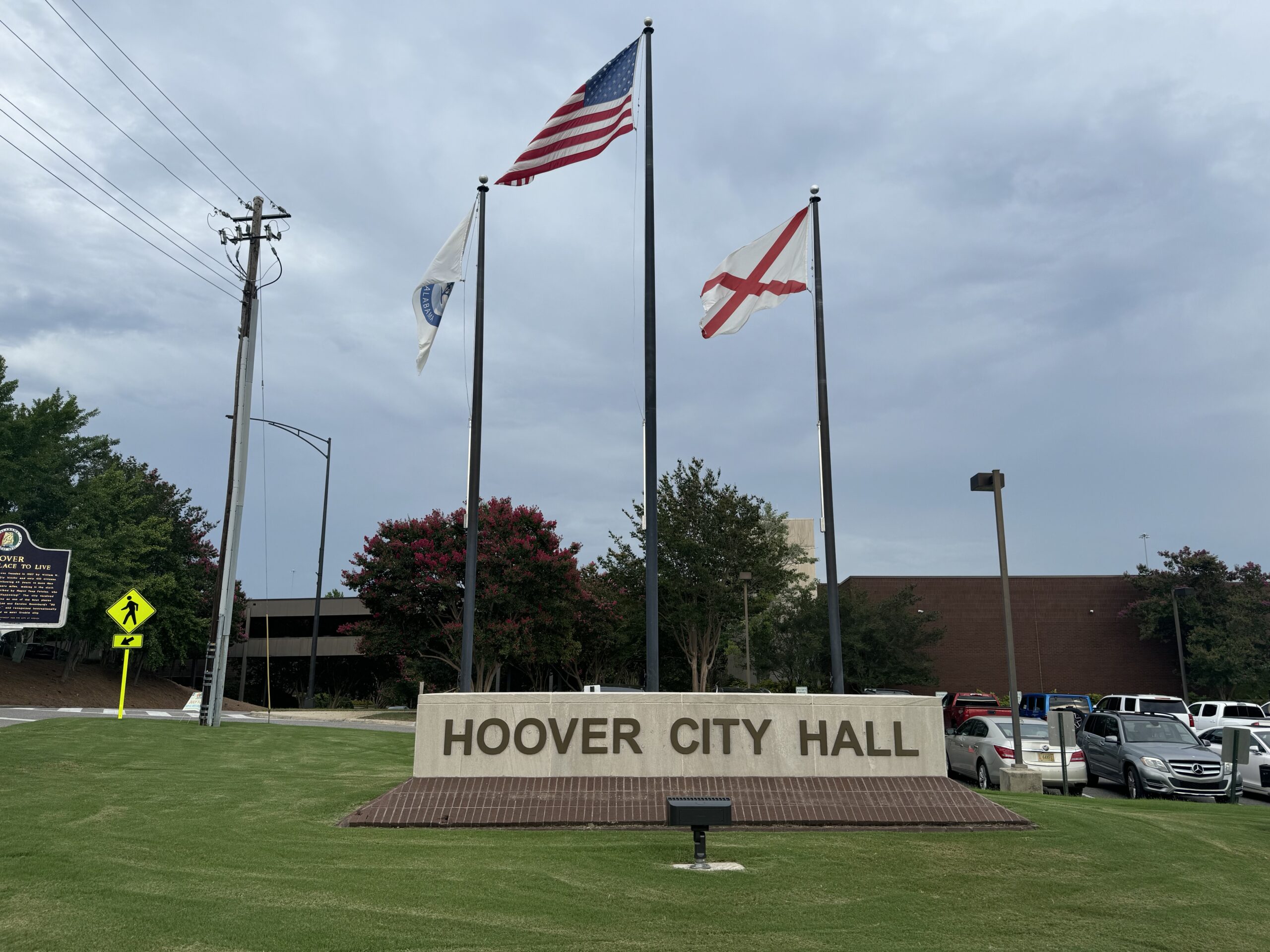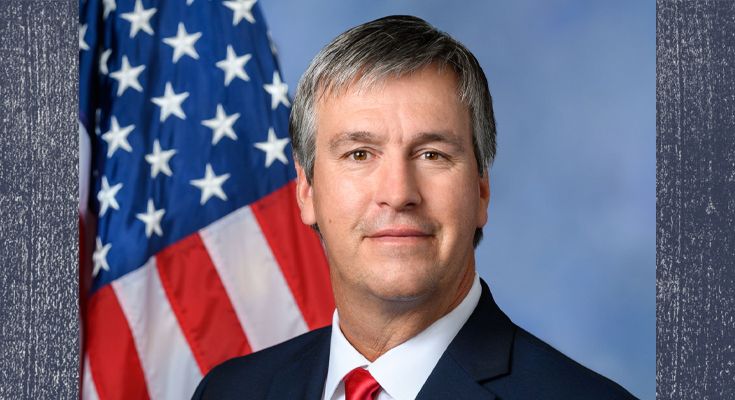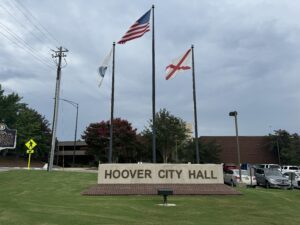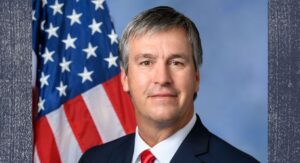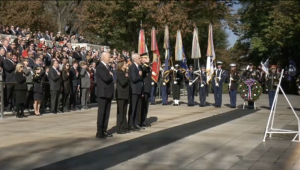In March, states undertook dramatic and unprecedented measures to stem the spread of the SARS2-COV virus. And yet COVID-19 has claimed 100,000 lives in the U.S. Was the lockdown effective? Economists frequently address such questions in our research.
Seeing the unseen, or the path that we did not choose, is the key here. It is the fundamental challenge of economics, as illustrated by Frederic Bastiat’s parable of the broken window. A shopkeeper must replace a broken window. A neighbor, perhaps offering solace, points out that if windows never got broken, the town glazier would starve. To avoid believing that broken windows boost the economy, we must recognize what the shopkeeper did not buy due to replacing the window.
Economists visualize the alternative paths we could choose. What would have happened if we didn’t pass NAFTA, or hadn’t bailed out banks during the financial crisis, or if we raised the minimum wage to $15 per hour? The term counterfactual refers to the unchosen path.
Economists devise principles for constructing counterfactuals. Scenarios must be logically coherent and consistent with the available evidence. We must avoid overly optimistic or pessimistic alternatives.
I have never estimated potential deaths in an outbreak of a disease but have researched tornado warnings and “worst case” tornadoes. Like most economists, I recognize the challenges in evaluating the lockdown.
Here’s a first challenge. WalletHub has scored the strictness of states’ COVID protection measures. The average COVID fatality rate for the ten states with the strictest lockdown policies is 686 per million residents, versus a fatality rate of 68 for the ten least strict states, or one tenth as much. The three highest fatality rate states are among the ten strictest states.
Does this show that lockdowns cause COVID-19 deaths? No. The states suffering the worst outbreaks will impose the strictest measures. This is the endogeneity of policy problem. Ignoring this issue would lead us to conclude that hospitals cause death because many people die there. Controlling for policy endogeneity is a major research focus.
Another problem arises because states imposed policies and Americans realized that COVID-19 was a serious health threat at about the same time. The NBA suspended its season March 11, people sharply reduced travel around March 15, and the first state stay-at-home order took effect March 19. We have very few data points to tease out the effect of various policies from behavioral changes.
The United States was slow in rolling out testing for COVID-19, creating another challenge. If we compared the number of COVID-19 cases in the month before and after lockdowns to test effectiveness, the total would rise simply because many more people were tested. Can we detect a decline in infections during a period of expanding testing?
Even if March’s lockdown was effective, the policies may not be effective in another time or place. Policy effects may not transfer for several reasons. For the COVID lockdown, an important factor is peoples’ willingness to comply. If Americans do not favor shutting down the economy for a second wave of the virus, stay-at-home orders may prove ineffective when reimplemented.
Researchers at Columbia University have evaluated the lockdown, based on computer simulations with travel data between cities and reported cases and deaths. The policies appear to have stemmed the illness; indeed implementation of the same policies two weeks earlier could have avoided 83 percent of U.S. deaths through May 3.
The sophisticated technical analysis here, I think, obscures a bigger point. “Nonpharmaceutical interventions,” as epidemiologists call such policies, do not prevent COVID-19 deaths. Americans who did not get COVID this spring can still get sick next fall. Only a vaccine or effective treatment will truly prevent deaths.
Whether school closings and stay-at-home orders slow an outbreak is an important and really challenging research question. This question must be answered before we compare economic costs and health benefits. Ultimately a lockdown is merely a delaying action. Delaying actions are only worth fighting as part of a larger strategy.
Daniel Sutter is the Charles G. Koch Professor of Economics with the Manuel H. Johnson Center for Political Economy at Troy University and host of Econversations on TrojanVision. The opinions expressed in this column are the author’s and do not necessarily reflect the views of Troy University.
Related
Share via:


